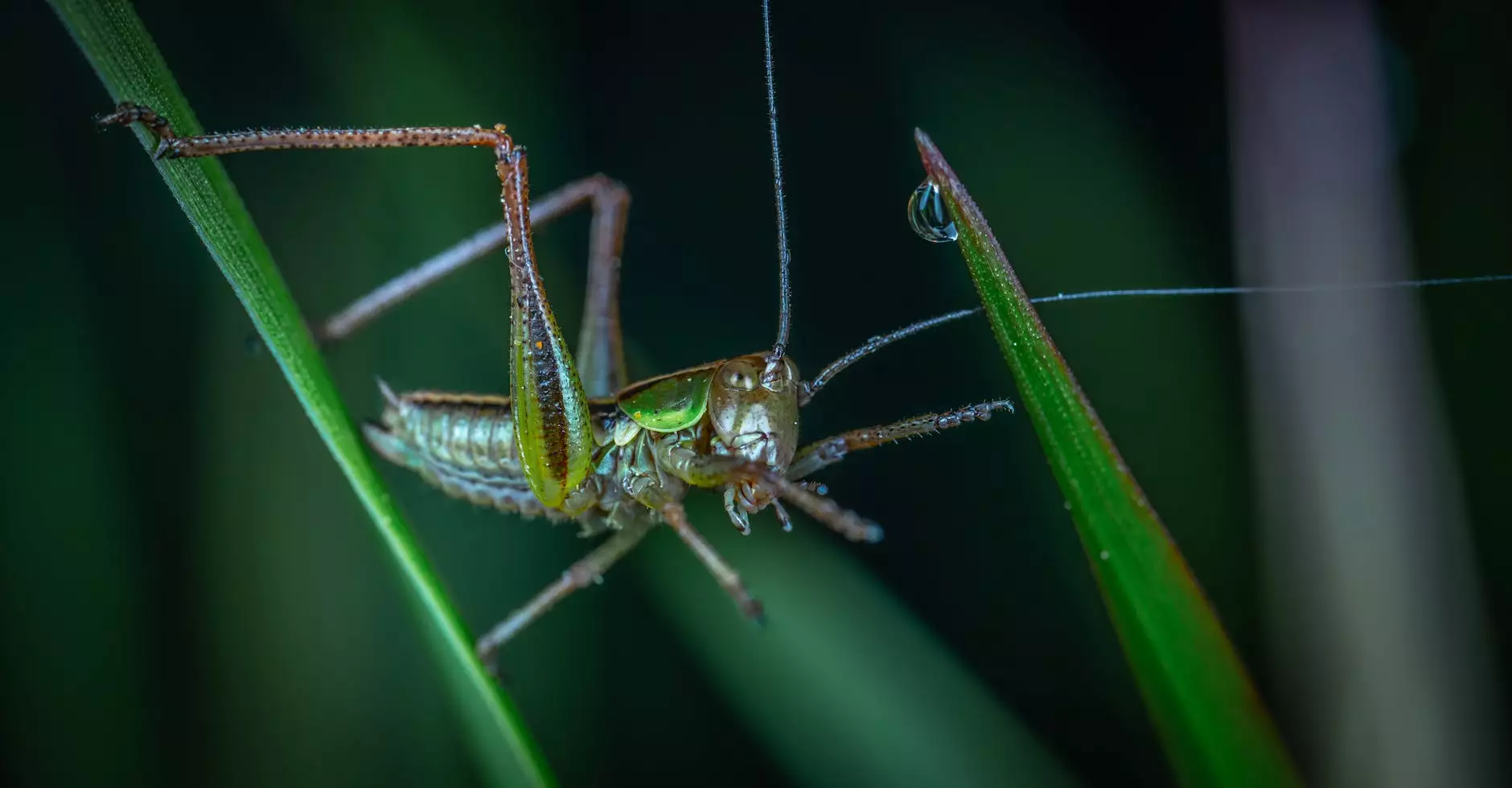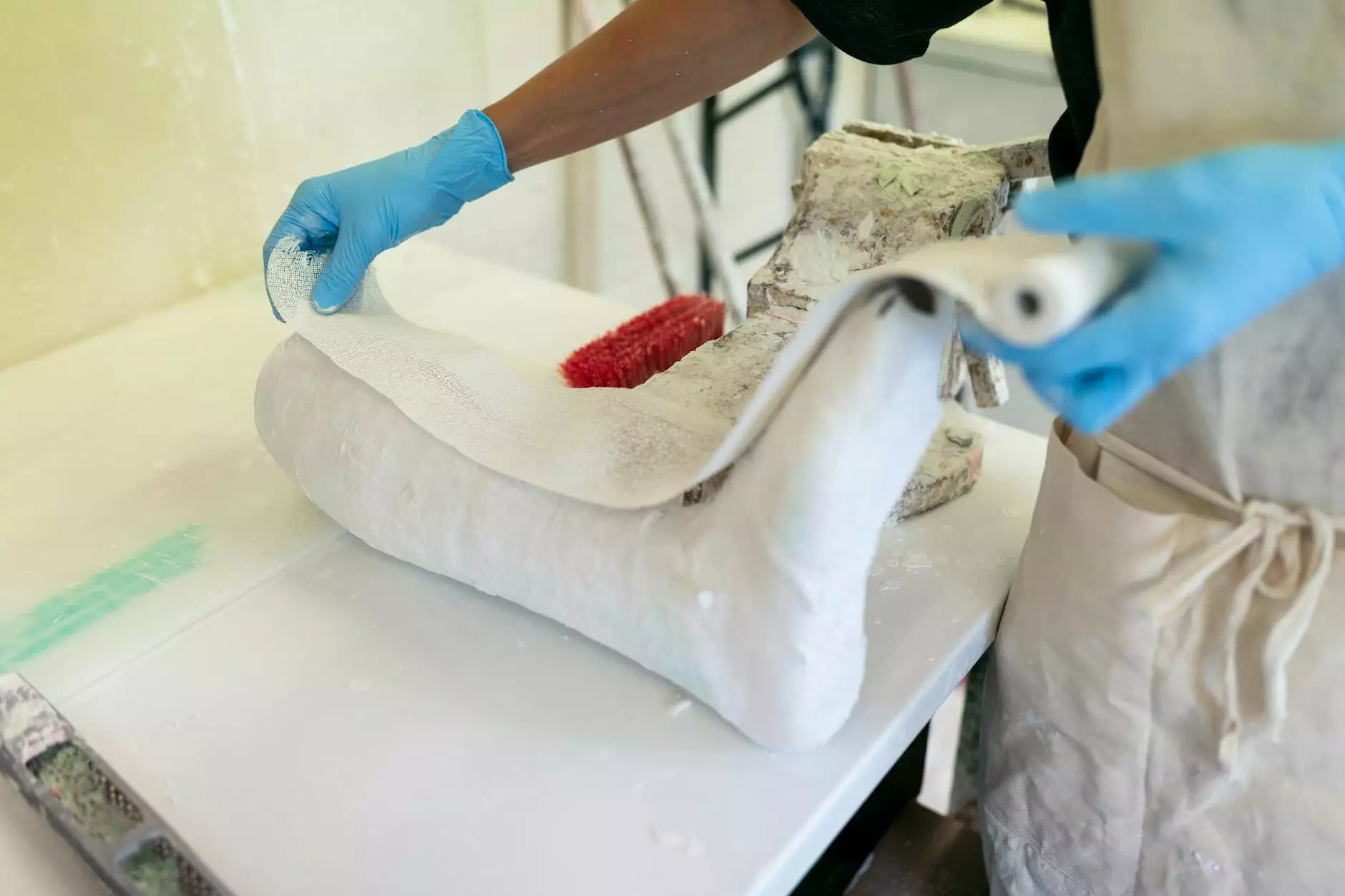Effective Maize Weevil Control Strategies for Farmers

Understanding the Maize Weevil Threat
The maize weevil (Sitophilus zeamais) is a common pest that poses significant risk to maize storage. These small, brown insects can devastate entire crops and cause severe economic losses if not controlled properly. Understanding their life cycle, feeding habits, and the way they infest maize is crucial for effective management.
Life Cycle of the Maize Weevil
The lifecycle of the maize weevil consists of four stages: egg, larva, pupa, and adult. A female weevil can lay up to 300 eggs, which can hatch within 5 days under optimal conditions.
- Egg Stage: Eggs are laid inside the kernels.
- Larval Stage: Larvae feed on the grain, causing damage.
- Pupal Stage: In this stage, larvae undergo metamorphosis.
- Adult Stage: Adults emerge to continue the cycle.
Signs of Infestation
Recognizing the signs of maize weevil infestation is critical for early detection and control. Look out for:
- Small holes in maize kernels.
- Fine powdery residues on grains.
- Damaged or irregularly shaped kernels.
- Presence of adult weevils, typically on the surface of stored grains.
Early identification can mean the difference between loss and recovery.
Effective Maize Weevil Control Methods
Maize weevil control requires a multifaceted approach, integrating various strategies to protect crops effectively. Below are some of the most effective methods:
1. Preventive Measures
Prevention is always better than cure. Here are key preventive measures:
- Proper Storage: Ensure that grain storage facilities are clean and dry. Use airtight containers to limit exposure to air, which can lead to infestations.
- Regular Inspections: Frequently inspect stored maize for any signs of weevils. Regular checks can help catch infestations early.
- Temperature Control: Maintaining low temperatures in storage can hinder weevil activity, as they thrive in warm environments.
2. Biological Control
Utilizing natural predators can be an effective strategy. Certain parasitic wasps, such as Anisopteromalus calandrae, can help control weevil populations by laying eggs in them, thus reducing their numbers.
3. Cultural Practices
Enhancing cultural practices can significantly reduce the chances of infestation:
- Crop Rotation: Rotating maize with other crops can break the life cycle of the maize weevil.
- Field Hygiene: Remove all debris and leftover crops at the end of each season to prevent breeding sites.
- Timely Harvesting: Harvest maize at the right time to ensure that it's not exposed to weevils for long periods.
4. Chemical Control
When infestations are severe, chemical control may be necessary:
- Pesticides: Use insecticides specifically formulated for maize weevil control. Always follow labeling instructions and safety precautions.
- Grain Protectants: Apply protectants at the time of storage to prevent weevil colonization.
Consult with a local agricultural extension officer to choose the best and most sustainable options for your situation.
Integrating Technology in Maize Weevil Control
Advancements in technology have opened new avenues for pest management:
- Smart Storage Systems: These systems utilize sensors to monitor moisture and temperature in storage facilities, alerting farmers to conditions that could encourage weevil growth.
- Mobile Apps: Various agricultural apps provide real-time information on pest management and can help farmers track weevil infestations.
- Drones: Drones can be used for large-scale monitoring of maize fields, identifying areas of infestation that require attention.
Incorporating technology not only helps in better management but also boosts overall crop yield.
The Economic Impact of Effective Maize Weevil Control
Implementing effective maize weevil control strategies can have far-reaching economic benefits for farmers:
- Increased Yield: Protecting maize from weevil infestations leads to higher yield and better quality grains.
- Cost Savings: Reducing losses from pests diminishes the need for costly replanting or treatment.
- Marketability: Uninfested and quality-assured maize fetches better prices in markets.
By investing in proper pest control measures, farmers can safeguard their resources and improve their livelihoods.
Conclusion
Effectively managing maize weevil infestations is essential for the success of any maize farming operation. By adopting a combination of preventive, biological, cultural, and technological strategies, farmers can protect their crops and enhance their economic returns. Continuous education and adaptation of methods, such as those offered by TSGC Inc. in their Farm Equipment Repair and Farming Equipment services, can empower farmers to combat these pests successfully.
Invest in knowledge and tools for maize weevil control today to secure your tomorrow.
For more resources and expert advice on maize weevil control, please visit TSGC Inc..









